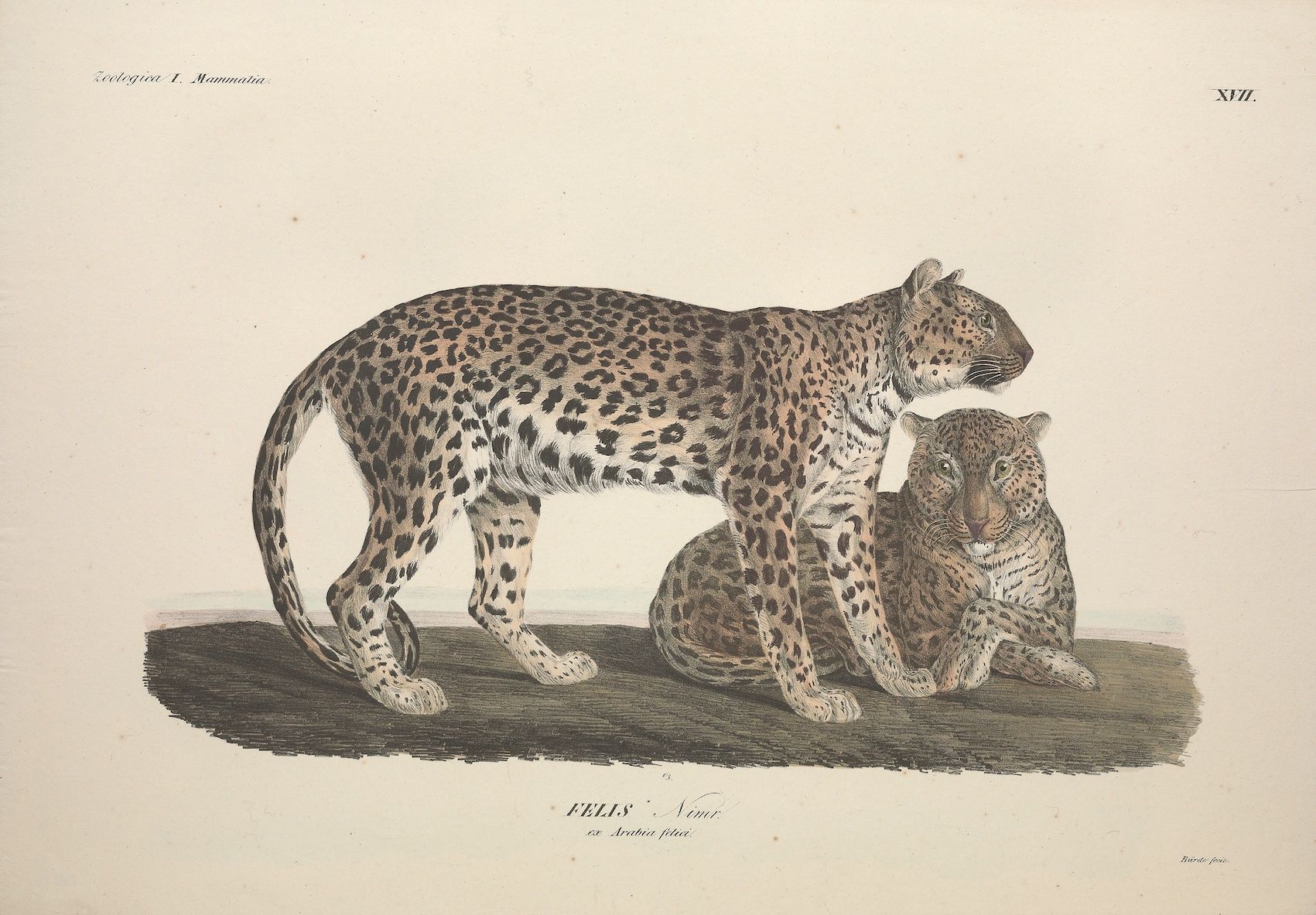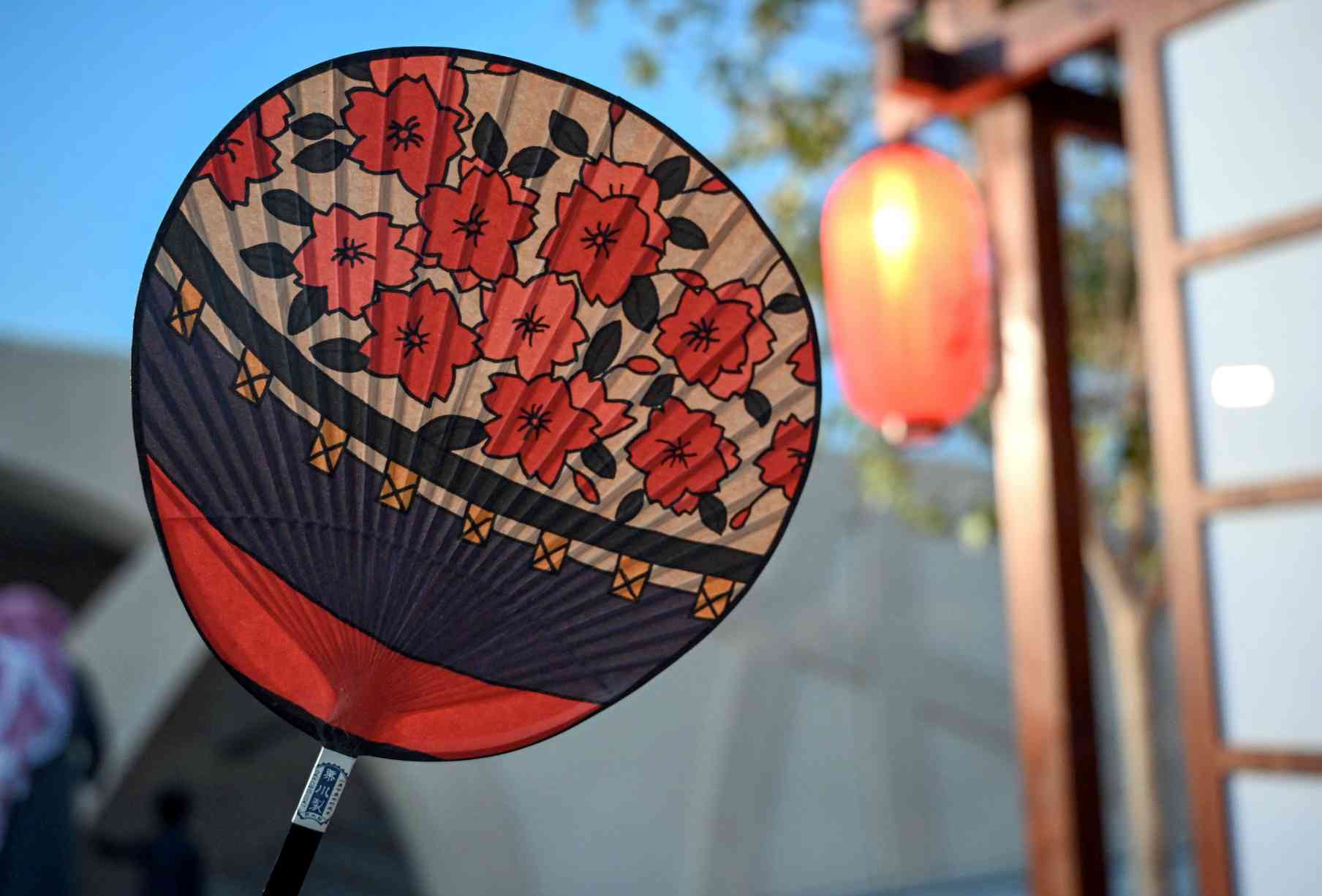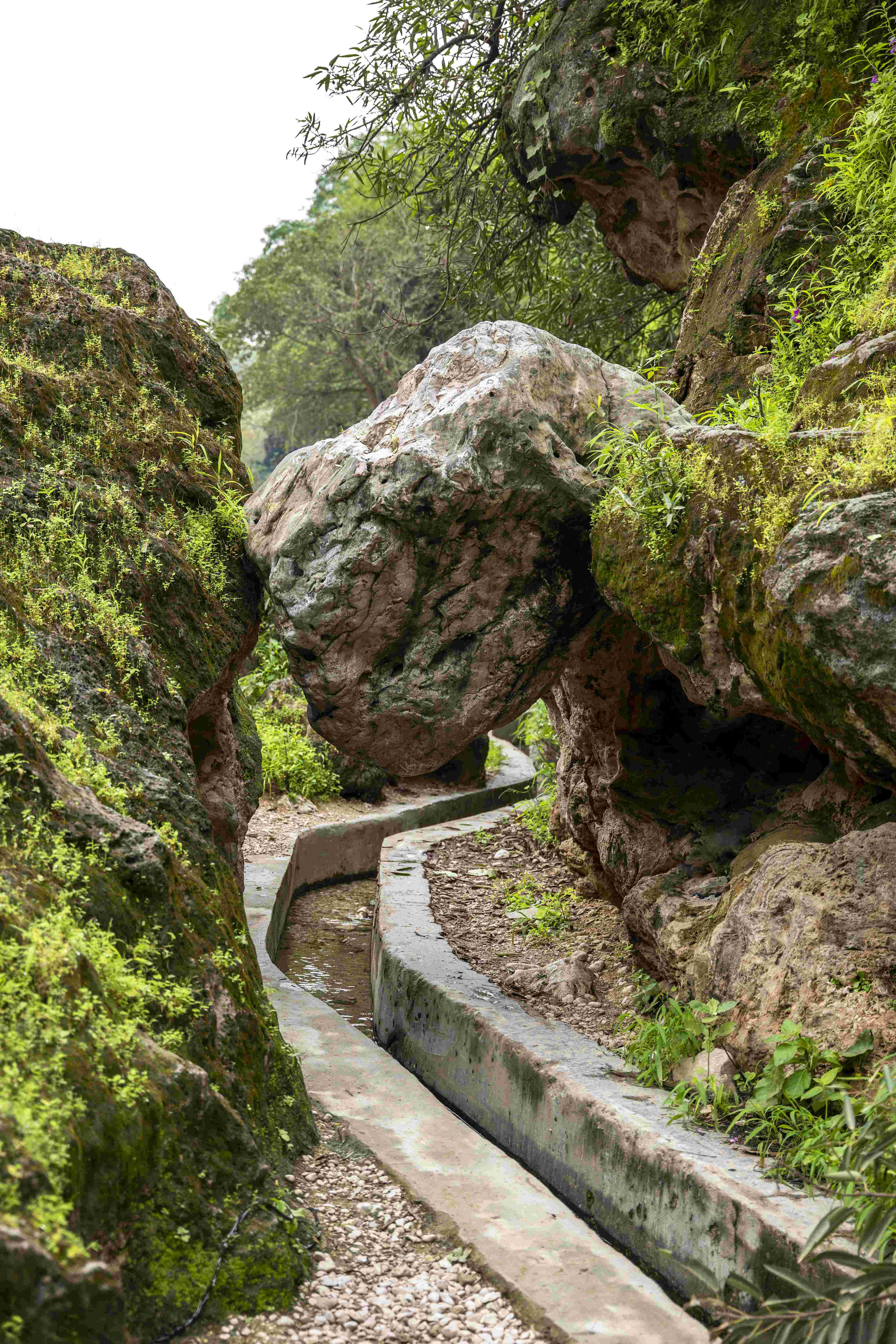What Color Are You? — Homage to Colorful Nature
fol. 7, Fly, Caterpillar, Pear, and Centipede. Mira calligraphiae monumenta. fols. 1-129 written 1561–1562; illumination added about 1591–1596. Joris Hoefnagel (Flemish, /Hungarian, 1542 - 1600), and Georg Bocskay (Hungarian, died 1575). Credit Getty Museum Collection & The Public Review Domain
The Serenity of blue, the passionate intensity of red, and the joy of orange — colors inspire us as much as they identify parts of us.
When you’re tired, get a boost of yellow as it has been scientifically proven to improve mental activity and enhance awareness and energy levels.
Green — one of the main colors of nature — inspires feelings of connections to mother nature and to our more tranquil self, providing overall freshness and growth.
Different shades inspire different emotions and memories. For 2025, Pantone – a leader in color standardization – has chosen the warm, comforting color of PANTONE 17-1230 Mocha Mousse, a brown hue imbued with richness that reminds us of coffee and chocolate.
Brown, in its different shades, is a color that inspires respect as it is associated with stability, wisdom, and earth. From the lightest browns of the desert to the darkest of mud and soil, mother nature’s earthy tones and its many moods are celebrated in this special edition dedicated to ‘Nature' and all its diversity of beings and landscapes.
Nature is our greatest artist. It inspires as it nurtures, expands, and contracts, all the while demanding our respect and protection.
Ithraeyat is also celebrating its fifth anniversary, and for this special occasion, it honors the delicate and intricate art of nature itself — a close-up of a butterfly’s wing.
Whether zoomed in or seen from afar, there is no competition to nature’s mastery on its many canvases.
We have to thank the photographers, the scientists, the storytellers and the artists for documenting the natural world around us in unique ways.
Art capturing nature, whether via photographs, paintings or illustrations — such as the colorful illustration of Sloane's urania shared here that went extinct in 1908 — now serves, in a tragic way, the only visual documents of lost biodiversity and habitats.
These artistic documents and images serve as a critical historical collective memory of our natural world and a reminder of what was, and may never be again.
Enjoy seeing things that may be right in front of you, or near your feet, with a new appreciation.
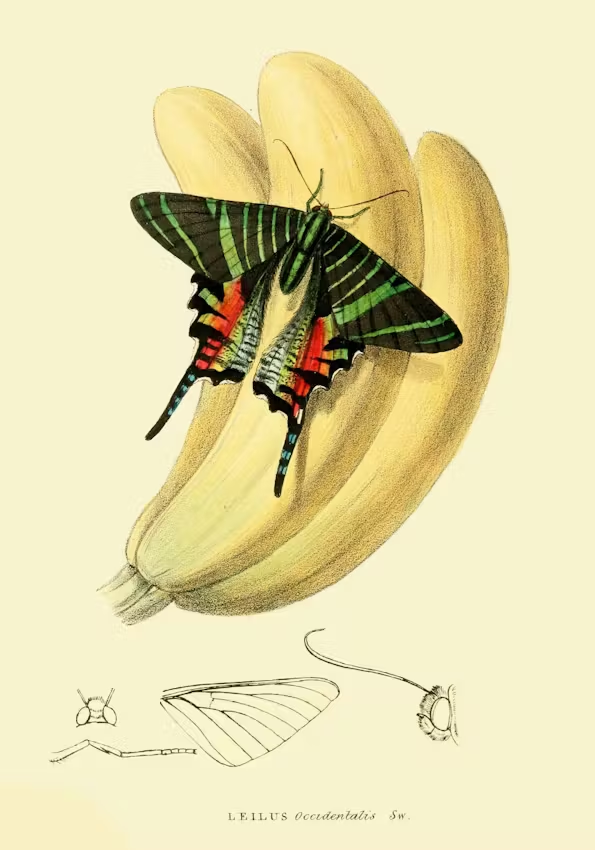
Illustration of Sloane's urania (labelled here with its old taxon name of Leilus occidentalis), from volume 3 of William Swainson's Zoological Illustrations (1829). Credit to The Public Domain Review and source.
“As a former clinical psychologist, I am intimately aware of life's harshness, which I consciously avoid in my work, choosing instead to focus on the good, the true, and the beautiful. Each piece represents a new attempt to solve a puzzle and capture an idea. When I achieve a sense of harmony, my work is complete. In essence, I aim to capture reality as I perceive it—its inherent potential, hopes, and magic—and share this vision with the viewer,” said Ángeles M. Pomata, who has been dedicated to art for the past ten years.
Discover more of Ángeles M. Pomata art here.
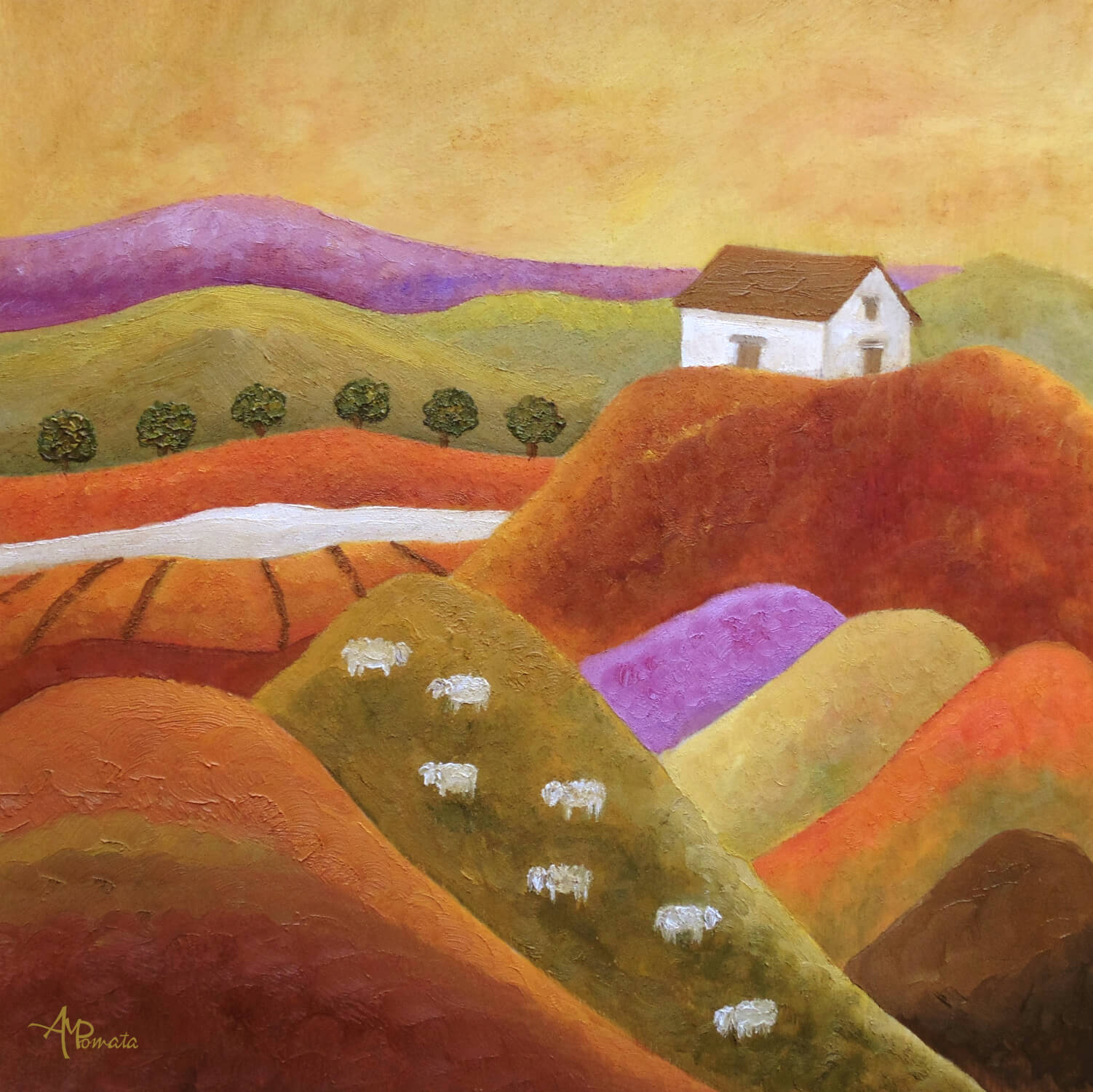
Purple Hills by artist Ángeles M. Pomata, who says she “approaches art with an open mind, constantly learning and evolving from realistic techniques towards simplicity, concept, and color.”
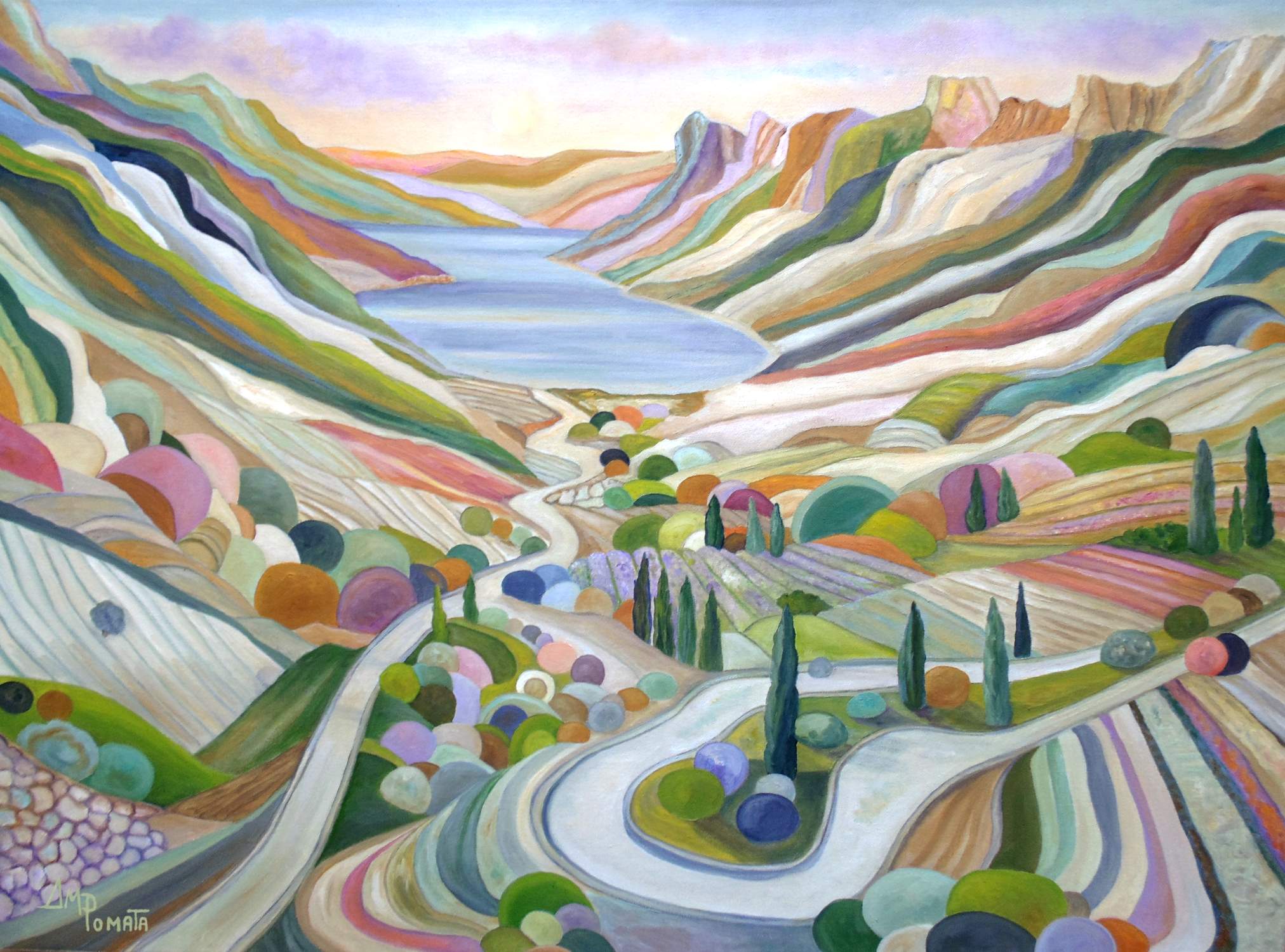
‘Treasure the Quiet’ by Spanish artist Ángeles M. Pomata who is passionate about the study of color and nature.
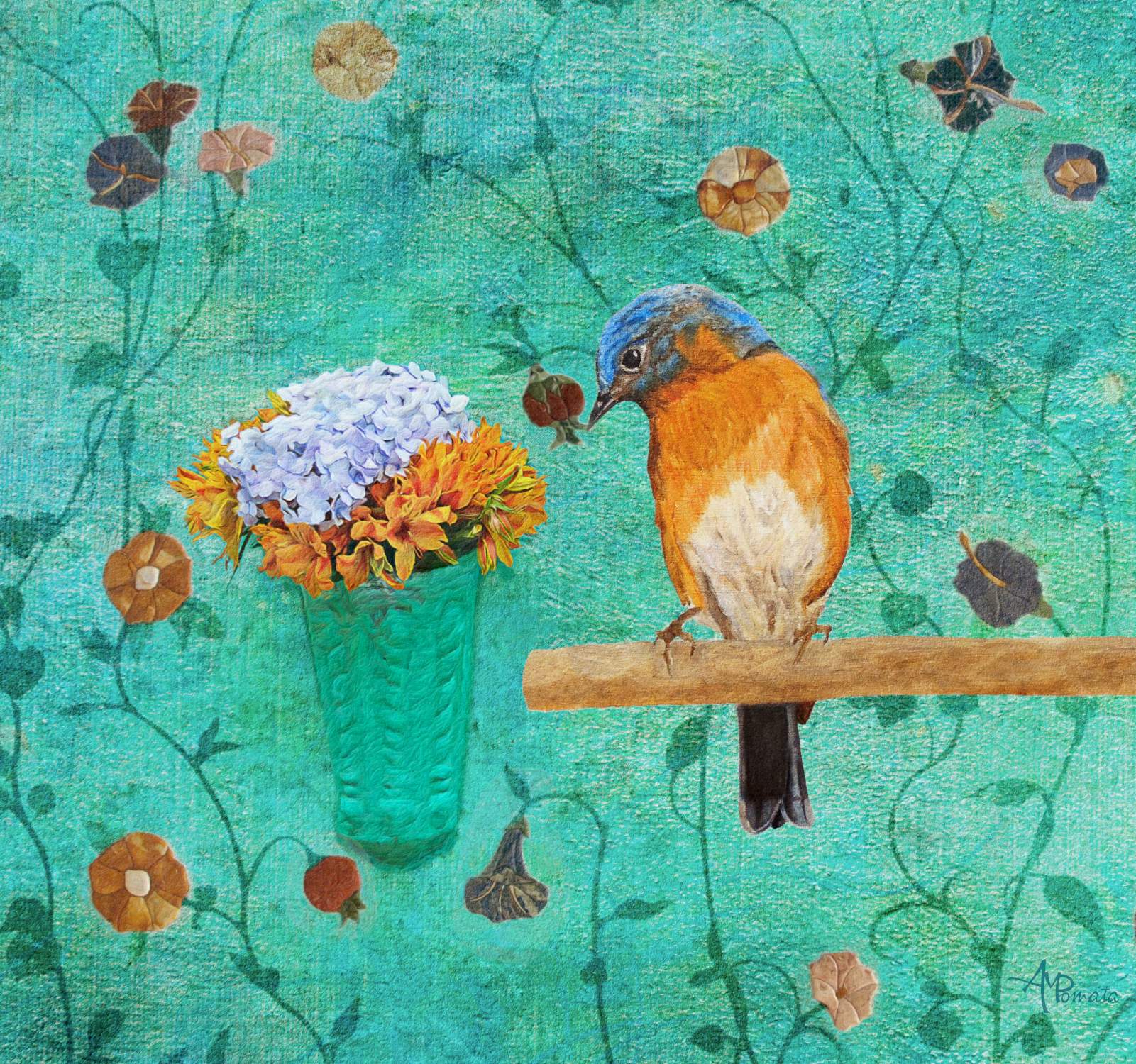
‘Wrapped in Flowers,’ by artist Ángeles M. Pomata.
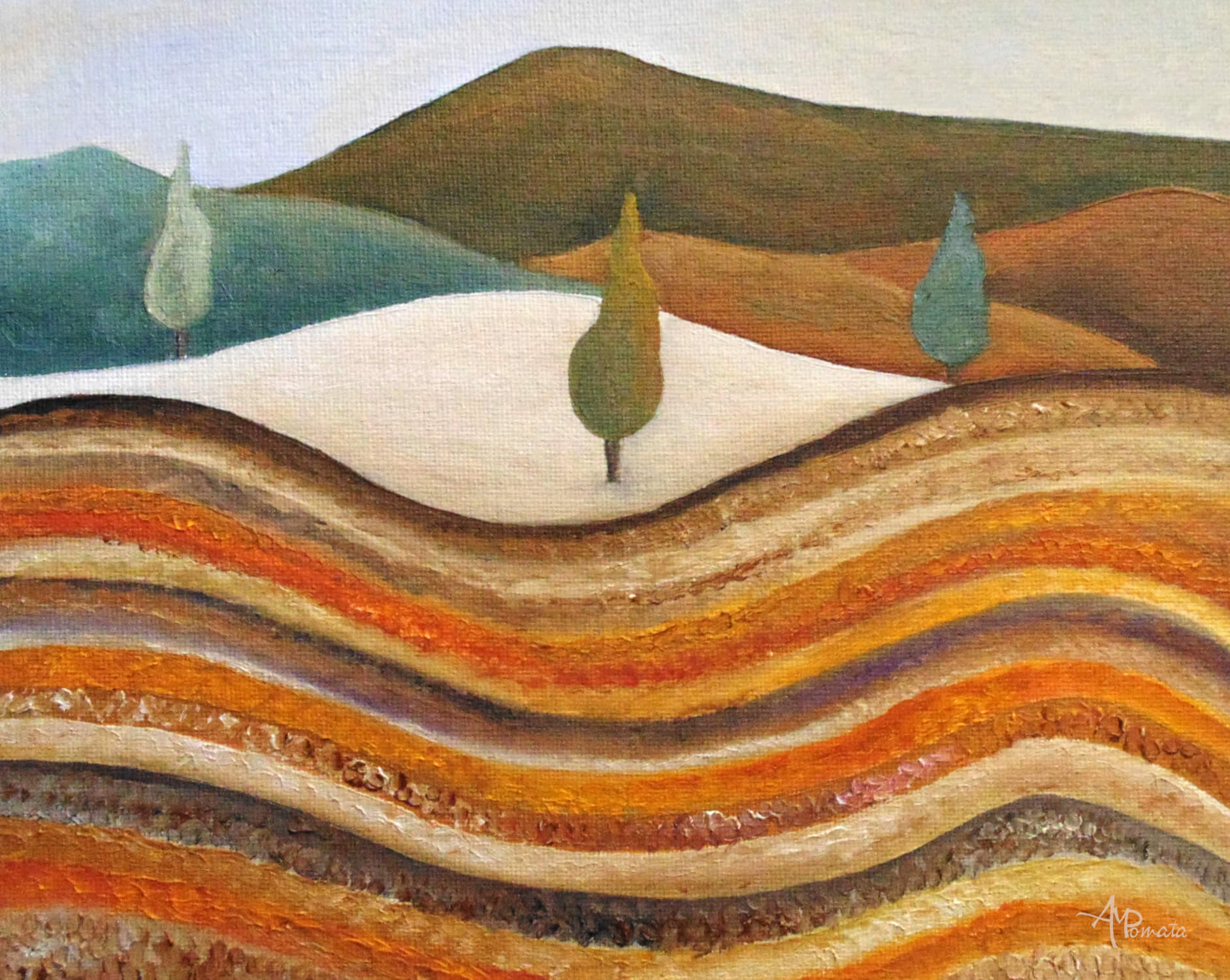
‘Stratified Soil,’ by the creative Ángeles M. Pomata.
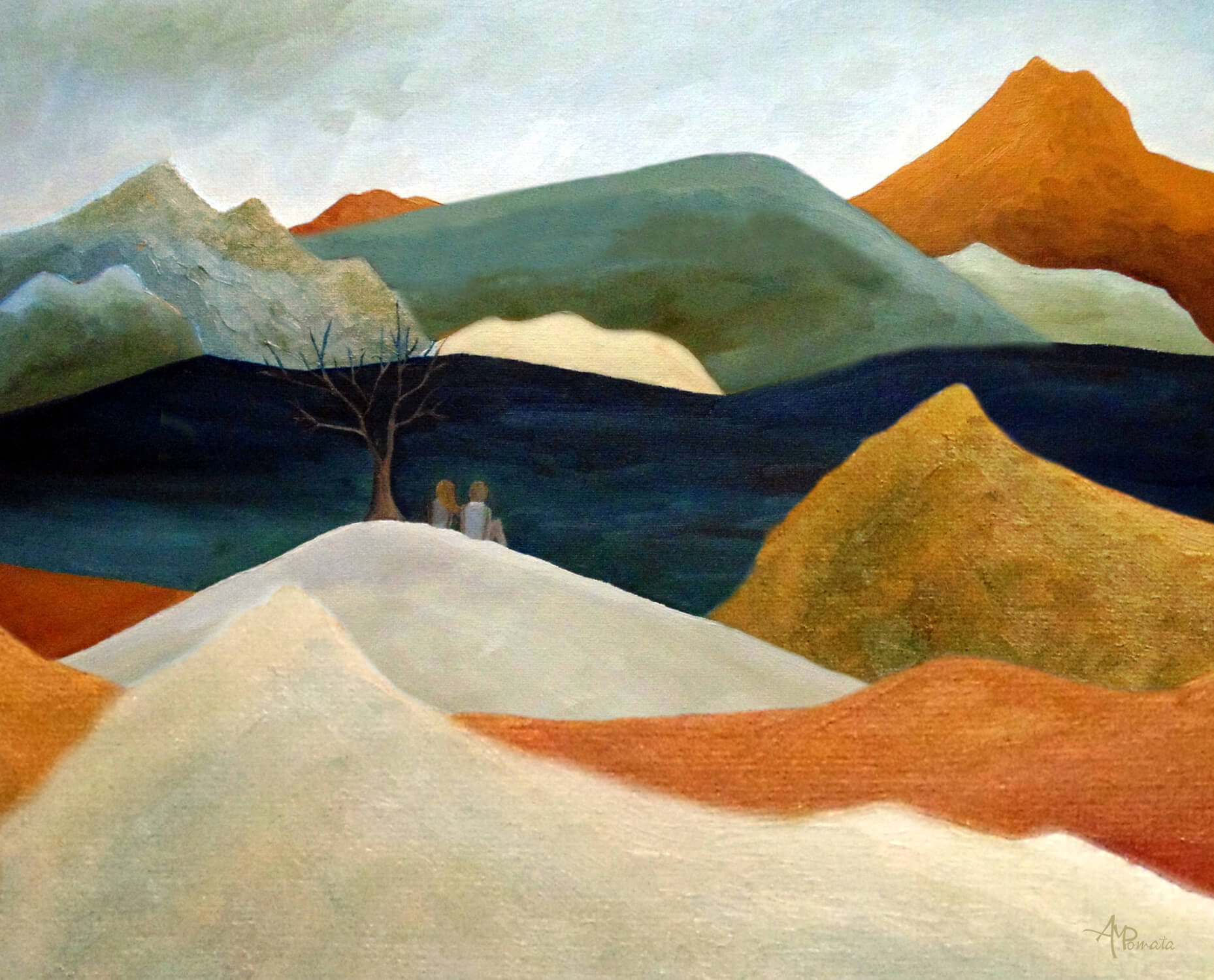
‘Us Two with a View,’ by Ángeles M. Pomata.
